Historic preservationists celebrated this week after two iconic buildings in West Hollywood’s Plummer Park were granted Local Cultural Resource status after more than a decade of effort on their part.
City Council’s decision Monday night means Great Hall and Fiesta Hall are now safe from the threats of demolition they’ve faced in the past. It was a hard-fought victory for Stephanie Harker and Cathy Blaivas, who spearheaded the Protect Plummer Park movement and organized the countless WeHo residents who rallied behind the cause.
“Well, after 12 years, I can finally take off my ‘Protect Plumber Park’ bracelet,” Blaivas said, thanking many people who were involved in the effort.
Great Hall/Long Hall, built in 1938, was set to be demolished in 2013 as part of a $41 million renovation project that was halted after Harker and Blaivas galvanized the community to resist the plans.
THE HISTORY
Eugene Plummer, a homesteader and rancher, initially purchased the 160 acres of land where Plummer Park now stands in 1874. Later that same year, he developed four acres of the land for his private estate, including the construction of a ranch house. At that time, this was the sole residence situated between Hollywood and the Plaza district. By the 1920s, Plummer had become Hollywood’s oldest living continuous inhabitant, and his property had informally taken on the name Plummer Park. He would annually host a grand picnic on the estate for Hollywood’s “old timers,” many of whom were the initial settlers in the area during the late 1800s.
In 1935, the County of Los Angeles recognized the remaining four acres of Plummer Park as a Historic-Cultural landmark. Two years afterward, the county bought Plummer Park for $15,000, an amount that equates to roughly $270,000 in today’s currency when adjusted for inflation. The purchase agreement allowed Plummer to reside at his ranch on the park’s land until his passing in 1943 at 91 years old. During his later years, he served as a historical guide for Plummer Park and was often spotted enjoying cigarettes on the park’s benches beneath his favored pepper trees.
The development of Plummer Park commenced shortly after the county’s acquisition in 1937. This effort was reflective of a broader governmental initiative during the 1930s to create quality park areas for public use. The first construction project within Plummer Park, initially called the Plummer Park Community Clubhouse, was finalized in 1938. Financial support from the Works Project Administration, a New Deal initiative, aided the construction. Presently, this edifice is the only building in West Hollywood constructed through a New Deal program. Subsequently renamed Plummer Park Great Hall/Long Hall, the western section (Great Hall) housed a spacious auditorium, while the southern section (Long Hall) included a public library and a game room. Architect Edward C. N. Brett designed the building in a Spanish Colonial Revival style, with features such as a red clay tile roof, stucco facade, and open-air courtyard, all of which echo the Mexican-era ranchos once common in the area.
The single-story building with its low gabled tile roof, sited in the center of the park amid lush plants and trees, complemented the quaint single and multifamily homes lining the streets around the park. Modest details such as the exterior shutters, casement windows, an interior rounded corner fireplace, thick decorative scrolled ceiling beams, and flagstone-patterned concrete pavers added to the architectural charm.
The craftsmanship, plan, and details of the Community Clubhouse reflected the inspiration and simplicity of the colonial missions and adobes built throughout California, characteristics of Spanish Colonial Revival style. Its Spanish Colonial Revival style also distinguished it from the WPA-era Modern style of many buildings found throughout Los Angeles.
The clubhouse’s use as a gathering center married well with the courtyard configuration often employed by buildings of this style. As these building types were often a response to the environment, spaces needing natural light were placed along the east-west axis, while those that did not ran along a north-south axis. Long Hall, intended as a reading room, sat along the east-west axis, while Great Hall, an entertainment space, followed the north-south axis. The low flat ceiling of Long Hall with its thick scrolled beams marching down the length of the room recall the Romanesque style nave, a feature often found in the missions.
Great Hall, with its stage and rustic, open trussed ceiling, was a performance space to replace the “Old Rancho Barn Theater.” The courtyard provided a gathering space for barbecues and picnics, with shaded spaces under the surrounding arcade. Long Hall provided a space to house exhibits. Hernando G. Villa, who was known for his illustrations for the 1932 Olympics and for creating the “chief” emblem for the Santa Fe Railroad, as well as paintings of early California scenes, exhibited his work at the Clubhouse in 1939. That same year, the California Bear Flag was presented to park director Florence Lewis Scott and raised over the building as a symbol of “our endeavor to carry forward the charm and spirit of Old California to enrich our present-day lives.”
Both Great Hall and Fiesta Hall are identified with the WPA and its regional impact on Los Angeles County’s expansion and improvement program of recreational facilities. The buildings reflect a distinctive example of community or park planning and the regional impact of WPA funding.
The social and economic conditions of Los Angeles County (in the 1930s) made it a prime candidate for such WPA projects. The county saw a substantial population increase during the Great Depression because of an influx of people looking for jobs in the entertainment industry, health services, and agricultural and oil resources. As the population swelled, so did pressure on infrastructure, transportation, housing, and social services. Los Angeles had a serious problem with unemployment, second in the country only to New York, of white-collar workers (often referred to as “soiled collar workers”).
The Los Angeles County Board of Supervisors seized every opportunity to implement projects through WPA funding, seeing them as an opportunity to help the unemployed by giving them jobs and “getting them off the dole.” County WPA projects from 1935 to 1943 ranged from street and infrastructure improvements, land use planning and documentation, parks and recreation facility improvements, development of public school curricula, and public building construction. This was in addition to the WPA Federal One program focusing on art, writing, and music, which also flourished in Los Angeles County.
The creation and development of recreational facilities accounted for a considerable amount of money spent on county WPA projects. A county Department of Recreations Camps and Playgrounds survey in 1937 found that Los Angeles had 19,051 acres devoted to recreation and over two million dollars in federal funding allocated to recreation projects. One reason for the focus on recreation was that it was seen as a formal field of study and a way to create jobs. From 1933 to 1937, the Department of Recreations Camps and Playgrounds oversaw a massive training program for unemployed men and women in recreation supervision to address a rising public interest in recreational activities. With county residents’ enthusiastic interest in outdoor recreation, there also was a need for more parks and facilities as well as operators and administrators.
As a result, the county Regional Planning Commission, which reported to the Board of Supervisors, sought to turn “every piece of odd area in the county, whatever its size; every bit of unutilized land isolated by street intersections” into a recreational center, picnic ground, or park, according to a 1939 story in the Los Angeles Times.
In the Spring of 1937, the Los Angeles County Board of Supervisors approved a plan to lease, with an option to purchase, land from Eugenio “Captain” Plummer to increase its public parkland holdings and relieve pressure for much-needed community gathering space. The four-acre park was the last remnant of undeveloped land amidst a growing residential community on its north, east, and west borders, and the busy retail and light industrial thoroughfare of Santa Monica Boulevard on the south border. Plummer sold the property to the County later that year to avoid foreclosure.
Even prior to the county’s purchase, the land was considered a “unique” park. In 1877, Plummer was deeded the land from Senora Francisca Perez, who had occupied it since 1869. Previous to Senora Perez, the land was part of the original Rancho LaBrea tract. The original parcel consisted of one hundred and sixty acres and included the hillside where the Hollywood Bowl now sits. Plummer built a house on the land in 1878 and lived in the house with his mother until her death, and later his wife, until her death. Plummer and his property were regarded as the social center of the county during the area’s early settlement years. Captain Plummer, a charismatic environmentalist and a pioneer of Los Angeles who had lived on the land since childhood, fueled a romantic and nostalgic imagery of early colonial life in Southern California. His addition of numerous rare plants and trees to the land contributed to the distinctiveness of its natural park setting.
As a condition to selling the last remaining acres of his property to Los Angeles County, Plummer was allowed to live in his house until his death at 91 in 1943. At the dedication of the Clubhouse, Plummer was designated as the historical guide for the park. Under the direction Recreation Camps and Playgrounds Superintendent James K. Reid the park was specifically set up to remain in its “romantic” state.
In the fall of 1937, $720,000 in federal funds were allocated to various projects throughout Los Angeles County, with Plummer Park receiving $22,000. In total, the Plummer Park building project cost $60,000 when completed. (By the Bureau of Labor’s Statistics CPI inflation calculator, that would be close to $1 million in today’s dollars). It consisted of a new community “clubhouse” that would provide a much-needed meeting space for various recreational and service clubs, activities, and social events for local residents.
Great Hall is identified with a significant association with ACT UP/LA, where the first meeting was held, and the group officially voted to form. It served as the primary weekly meeting space from 1987 until 1997, where local, state, national, and international activism was planned and discussed, significantly impacting AIDS care locally and nationwide. ACT-UP/LA sees the Community Center as part of its history. This AIDS activist organization held its weekly meetings there for nine years and supports its designation as a historical resource both for its previous and recent historical association.
In 1984, Plummer Park and all of its structures, including Great Hall, were turned over to the City of West Hollywood with its incorporation. The Clubhouse operated continuously as a gathering space for local organizations and, until recently, also housed the 75-year-old Los Angeles Audubon Society. Fiesta Hall was the location of the first City Council meeting after the City’s incorporation in 1984, and functioned as the first city hall after several failed attempts between 1957 and 1966 to incorporate.
Great Hall/Long Hall’s location in the center of the park led to concerns about safety, circulation, and usable area. The buildings were seen as blocking views and walkways, creating blind corners, and taking up prime area for additional trees and shady seating. Some argued that the structures had been changed significantly from their original state, making them ineligible for historic designation.
Councilmember John Heilman was never a fan of the buildings.
In the early 2010s, he called for their immediate destruction, commenting to the LA Times that that its courtyard “smells like urine all the time, no matter how much we try to clean it” and that the building and courtyard have to be locked during the day because they are a “chronic source” of criminal activity.
“I’m embarrassed as a city when we have meetings in there,” he told the Times, calling the building a “terrible” place to work.
Nevertheless, the buildings were approved for listing on the National Registry for Historic Places in July 2013 after plans for the renovation were scrapped. Former Councilmember John D’Amico introduced the plans that helped restore the buildings to their current condition.
On May 22, 2022, the City Council initiated the local cultural resource designation process for Great Hall/Long Hall and Fiesta Hall. On June 27, 2023, the Historic Preservation Commission (HPC) reconsidered the nominations and voted unanimously to recommend the designation of both buildings.
Blavais looked back on the long road it took to get Plummer Park where it needed to be and encouraged the citizens of West Hollywood to see this victory as proof of their ability to enact change.
“I really want to thank the community because 12 years ago, Stephanie Harker and I would have been the sound of one hand clapping,” Blaivas said. “And without the community, we wouldn’t be here today. And I really want to emphasize that to the community. I really want the community to understand what their power is. If you’re organized, if you know what you’re doing, if you gather people and you speak the truth, good things can happen.”

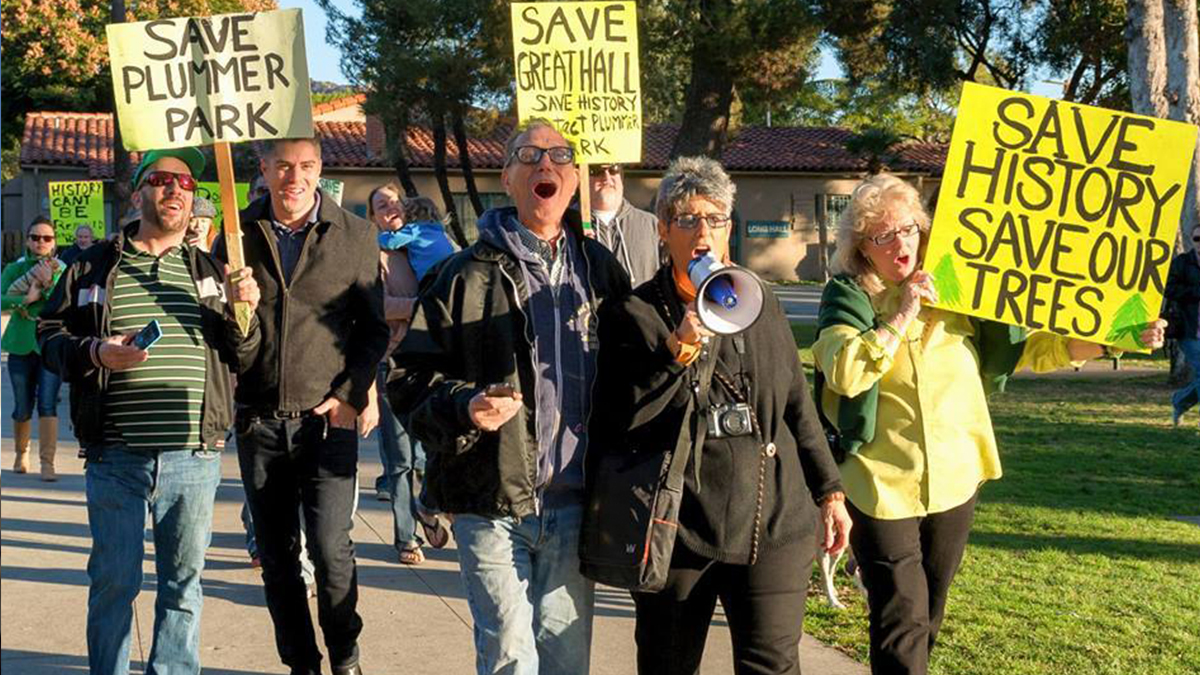
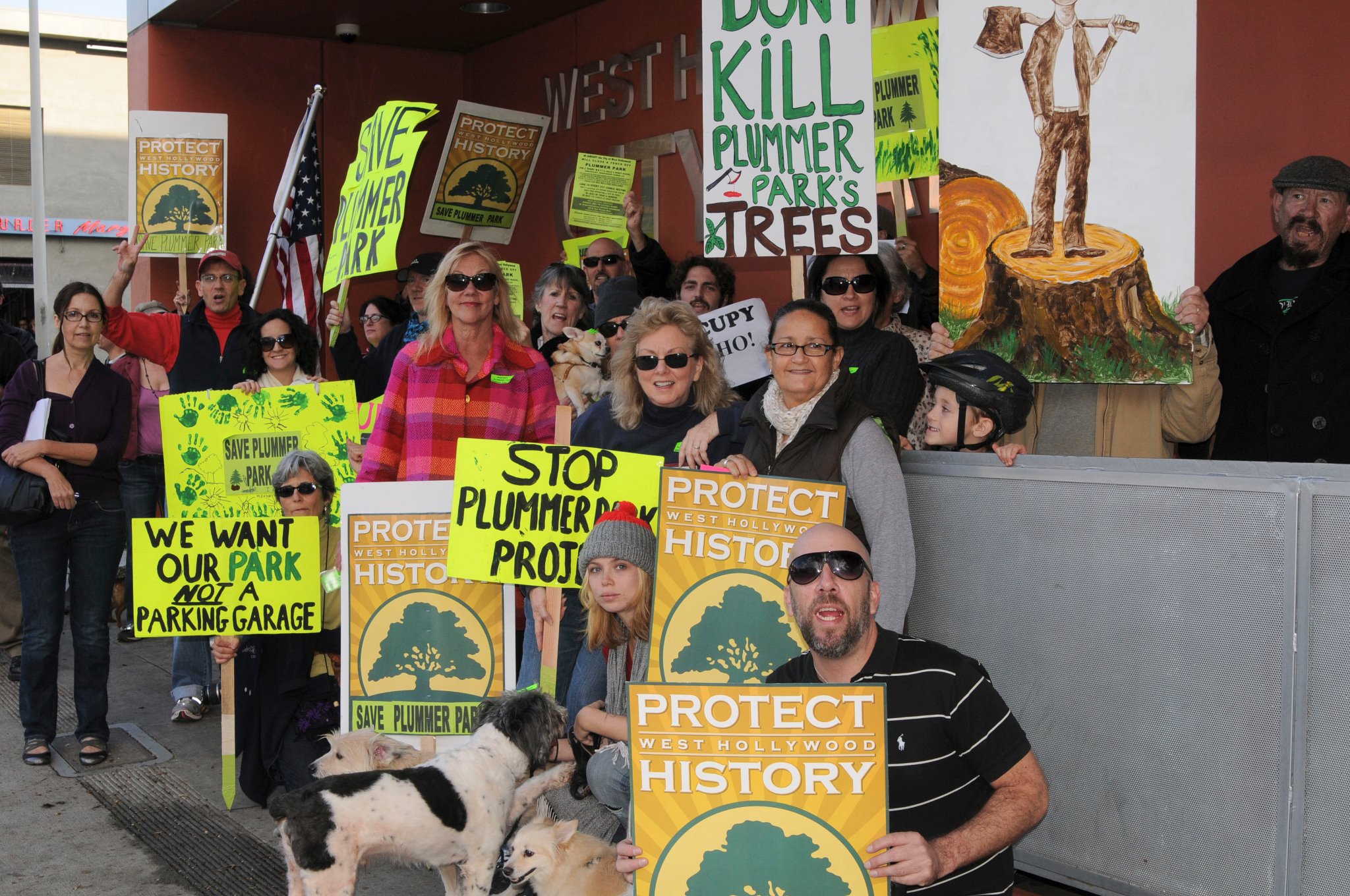
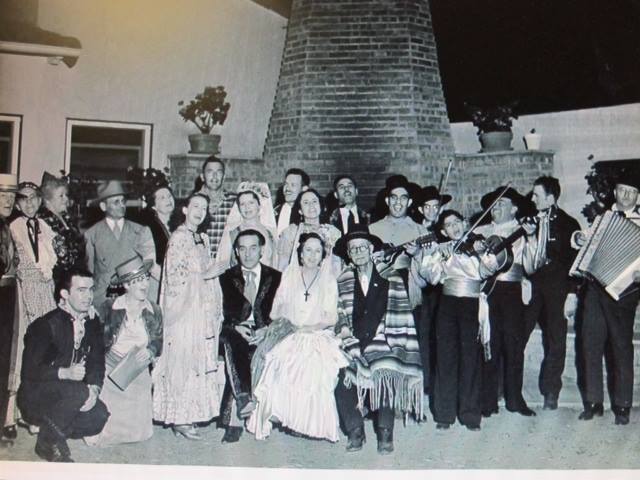
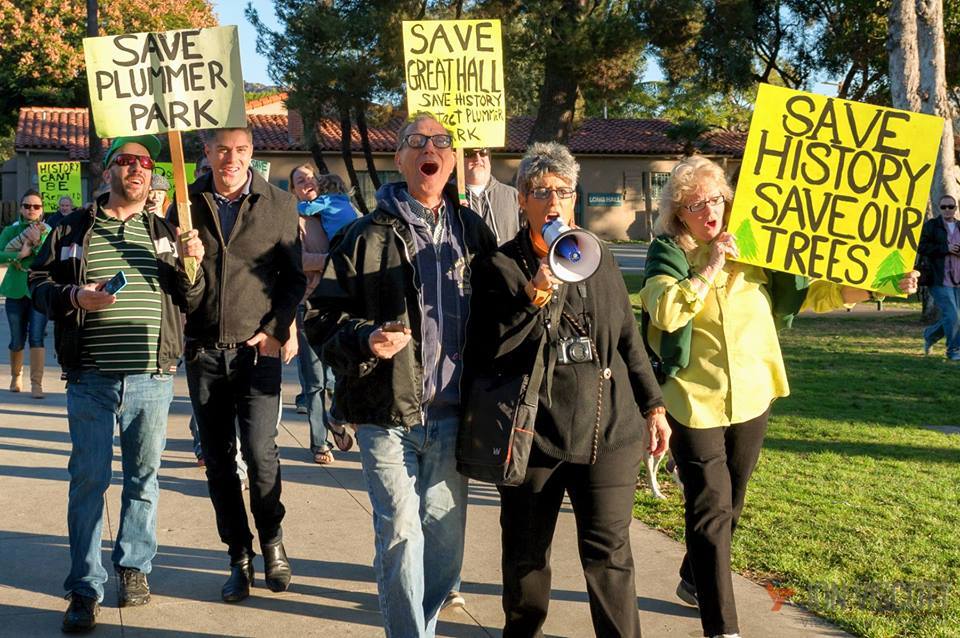
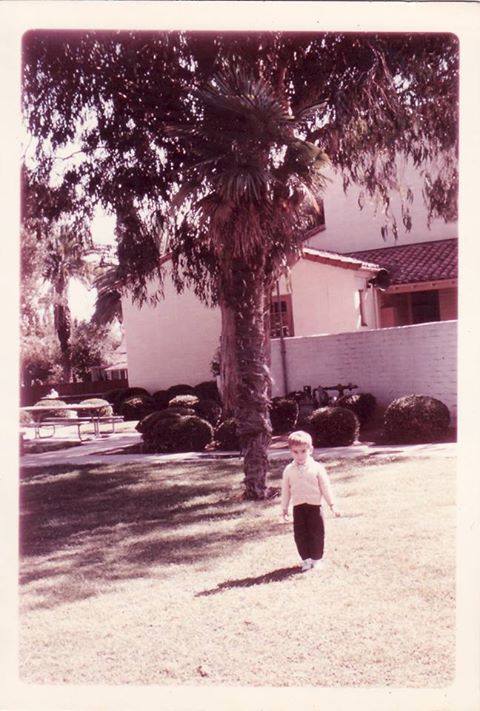
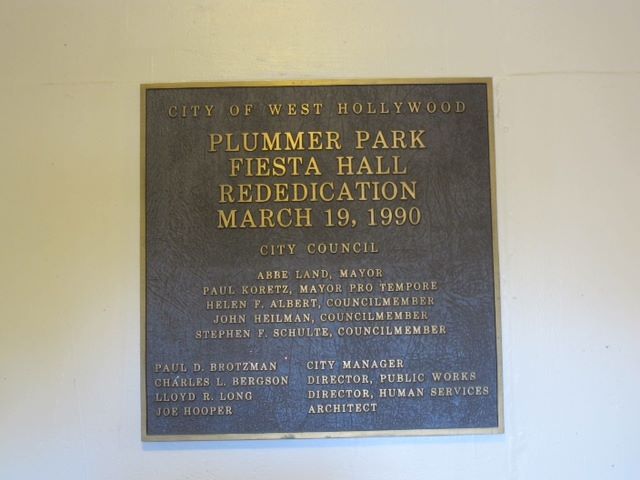
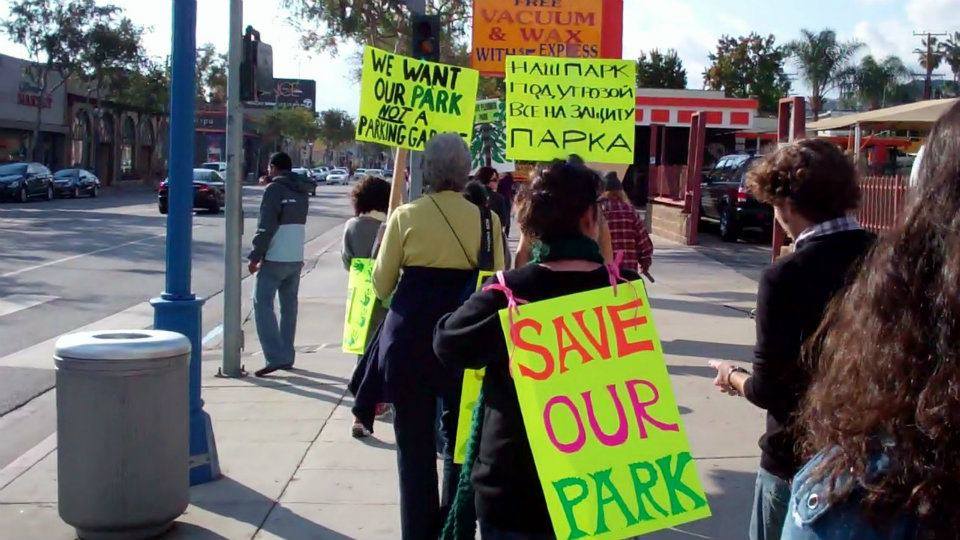
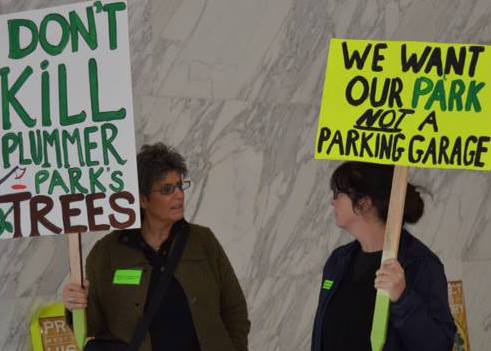
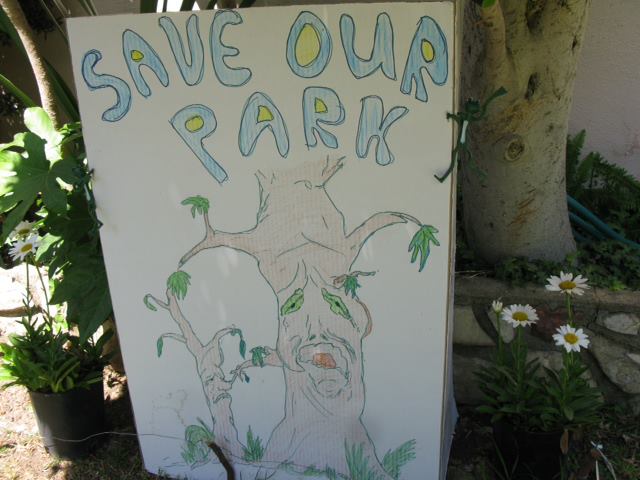
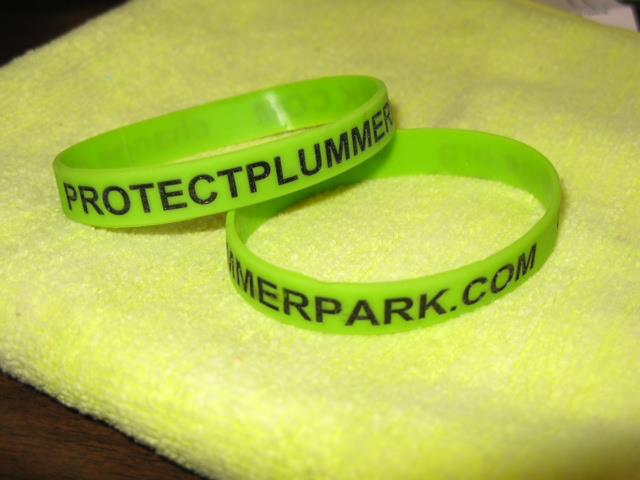
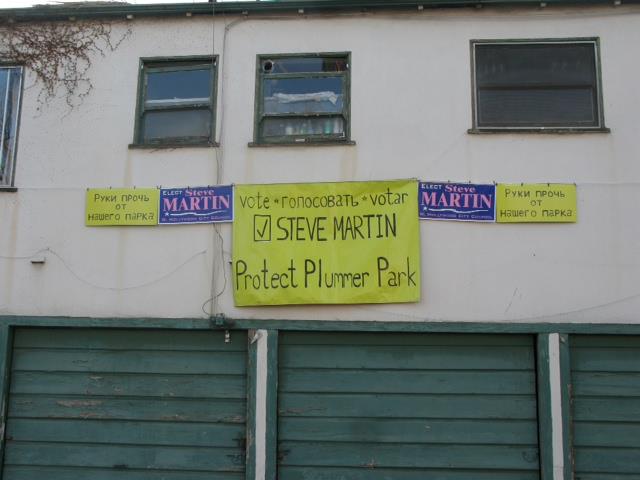
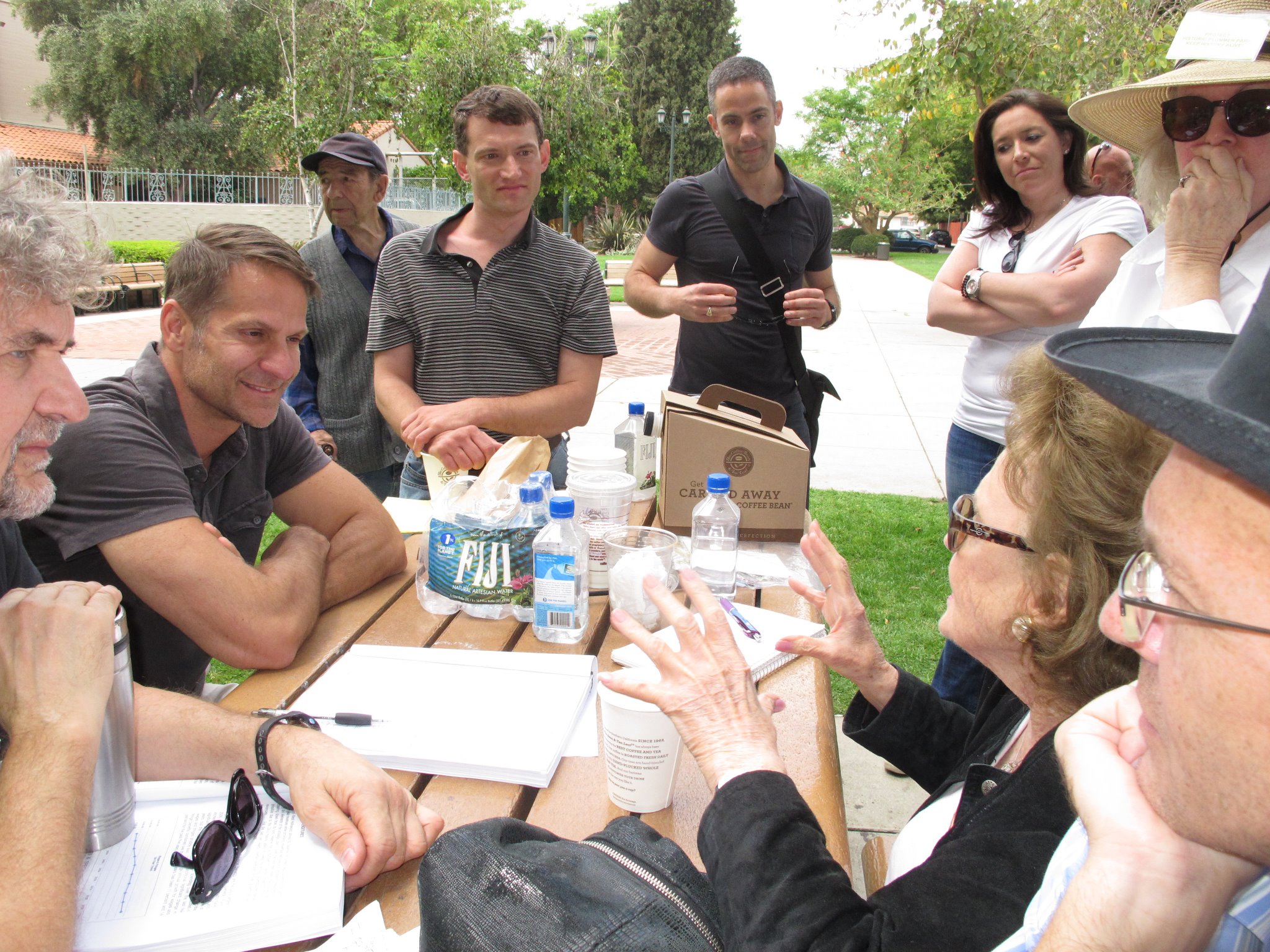
[…] Plummer Park Comprehensive Plan […]
PS. The redo of the park was also because old Russian Mafia still hangs out at the park doing “business” as well as drug transactions that happen over there (easy to do in the courtyard of the great hal. LOL. The idea was to do the remodel and also push out the criminal element. Along with bringing up the property values in the area and create a cultural center.
Having been using several of the spaces for many years for meetings and events. I can say I do not know what the reason of their obsession for wanting to make these UGLY BUILDINGS anything historic. There is very little that is unique about them. I have heard the whole “Save the Buildings” was due to a construction company that lost the bid for redoing the whole park (Including underground parking with all the trees and grass and tennis and basketball courts still around) So if they couldn’t get the contract, no one could get the contract. So the owners… Read more »
Unfortunately you seem to have a bad case of compete misinformation. Please check the facts, appreciate an understanding of history and reconsider.
I got my information from people who worked for City Hall and were dealing with this stuff. So no history rewrite needed on my part. Of course… if you were to actually list your view of history, along with sources and how you know this stuff, instead of telling me i have a bad case of “Compete(SP) Misinformation” I would keep an open mind to it.
Very interesting. You actually believed this misinformation, if you actually received it, from City Hall? There was no such thing as a “construction company” that lost the bid for redoing the park. The city lost the bonds contemplated to finance such as project. Different story, so one could say that your inside city resource might not have been terribly accurate, Have you been taking with a department head or the janitor? Doesn’t really make a bit of difference. It’s incorrect.
Why would the “janitor” necessarily be a source of inaccurate information? Just because he is a worker and not an executive (“department head”)? Perhaps you didn’t mean to, but your comment shows prejudice.
Certainly no prejudice at all, I could easily have stated a parking attendant. Every job is integral and respected as part of a functioning whole. The point was words from decision makers vs. folks listening to gossip or hearsay. Are you ok with that?
I am constantly baffled by people’s obsession with long hall / great hall. There is a great deal of beauty in Plumber Park, but there are A LOT of problems with it as well. The gardens and green space are, by far, the most beautiful in the city. The two main buildings are, in contrast, not only an aesthetic blight on this space, but also outdated and insufficient to accommodate the needs of our community. The only greater blight on the park’s beauty are the disgusting, wasteful, and insufficient parking lots. I find a great deal of hypocrisy in the… Read more »
The poster showing the tree in tears is emblematic of how the the landscape elements obviously must feel. Additionally with the eviction of The Audubon Society it paints a dim record for the City. Add to that, John Heilman’s insensitive and unaware comments about the condition of the buildings. He must harbor some twisted sensibility between claiming Fatherhood of the City on one hand with Chief Exterminator on the other hand. Seem rather chilling well as his advance NO vote to the consent Calendar approval. Sadder than sad.
Very, very hard-fought victory!!…. Thank you Stephanie and Kathy, I know how hard you worked and continue to work for the benefit of our community.
love this! ❤️
Oh great, the park will stay ugly forever.
What exactly is your point please?
Um… What exactly don’t you understand from the simple statement “The park will stay ugly forever” Those buildings have been a sad eyesore to the park. I thought that 30 years ago when I moved into West Hollywood and was involved in using those facilities on and off for many years. Every time it just seemed my Elementary school had a better looking theater. The Great Hall is just a bunch of rooms with no real design at all. NOW that it’s “Historic” there is now way to add building of use or beauty into the park. Is that clear… Read more »
Beauty is in the eye of the beholder. So sorry you have an ugly eye. Life must be very grim for you.
Wow… much of a fatalist are you? You ever throw the baby out with the bathwater? Do you start statements with “Everyone knows it’s true….” or “They are all like that”
Once again, you can fight City Hall.
Stephanie, Cathy, and you others who fought and never gave up…
you are a treasure
Your energy, dedication, and love of West Hollywood is very special and is truly appreciated! I wish it could be bottled, and given to other people in our city, who are self-involved, selfish, and only interested in pursuing their own ambitions!
Great job activists, peopler with a sense of history and a view of the future. Once an Audubon sanctuary and bookshop – perhaps some of that will also return.
What a lovely history. So happy our history is protected now.